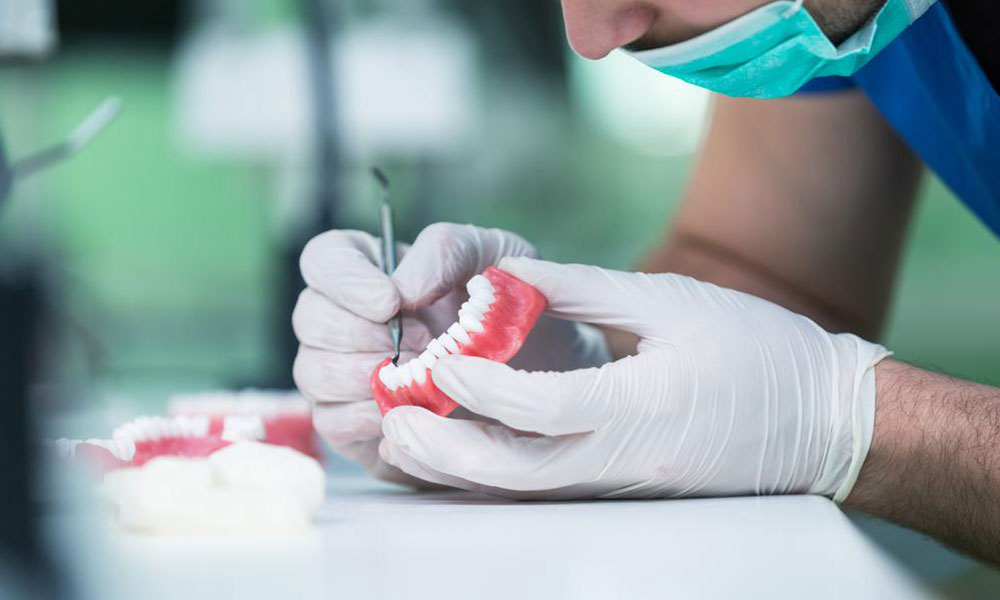Recognize the Key Symptoms of Dry Socket After Tooth Extraction
Dry socket is a painful complication following tooth extraction, especially wisdom teeth removal. Key signs include intense pain, visible bone at the socket, foul taste, and swelling. Early diagnosis and prompt dental care are vital for effective treatment and recovery.
Sponsored

Dry socket, medically known as alveolar osteitis, is a complication that can occur following tooth removal, especially wisdom teeth extractions. It happens when the blood clot at the extraction site dissolves or becomes dislodged prematurely, exposing the underlying bone and nerves. This leads to significant pain, swelling, and inflammation around the extraction area, often spreading to nearby facial regions. Prompt identification and treatment are essential to prevent further complications.
Signs and Visual Cues of Dry Socket
After wisdom tooth removal, watch for these key indicators of dry socket:
Severe pain develops around the extraction site within two days, intensifying and radiating to the ear, eye, neck, or temple. The discomfort is usually confined to the extraction side.
The blood clot that normally forms at the site may be partially or completely lost, revealing the bone underneath.
Appearance-wise, the socket will look empty or dry, with visible bone and nerve endings.
Persistent bad taste and foul odor are common due to trapped food particles and decay in the dry socket. Saliva and food debris aggravate pain and hinder cleaning, worsening the smell and taste.
Absence of the protective blood clot can lead to pus formation, indicating infection, which also causes bad breath and further discomfort.
The exposed nerve endings can result in facial swelling on the affected side, especially if food or saliva irritates the site.
Since dry socket requires professional treatment, do not attempt to self-medicate with OTC options. Visiting your dentist immediately is crucial to manage symptoms and promote healing.





